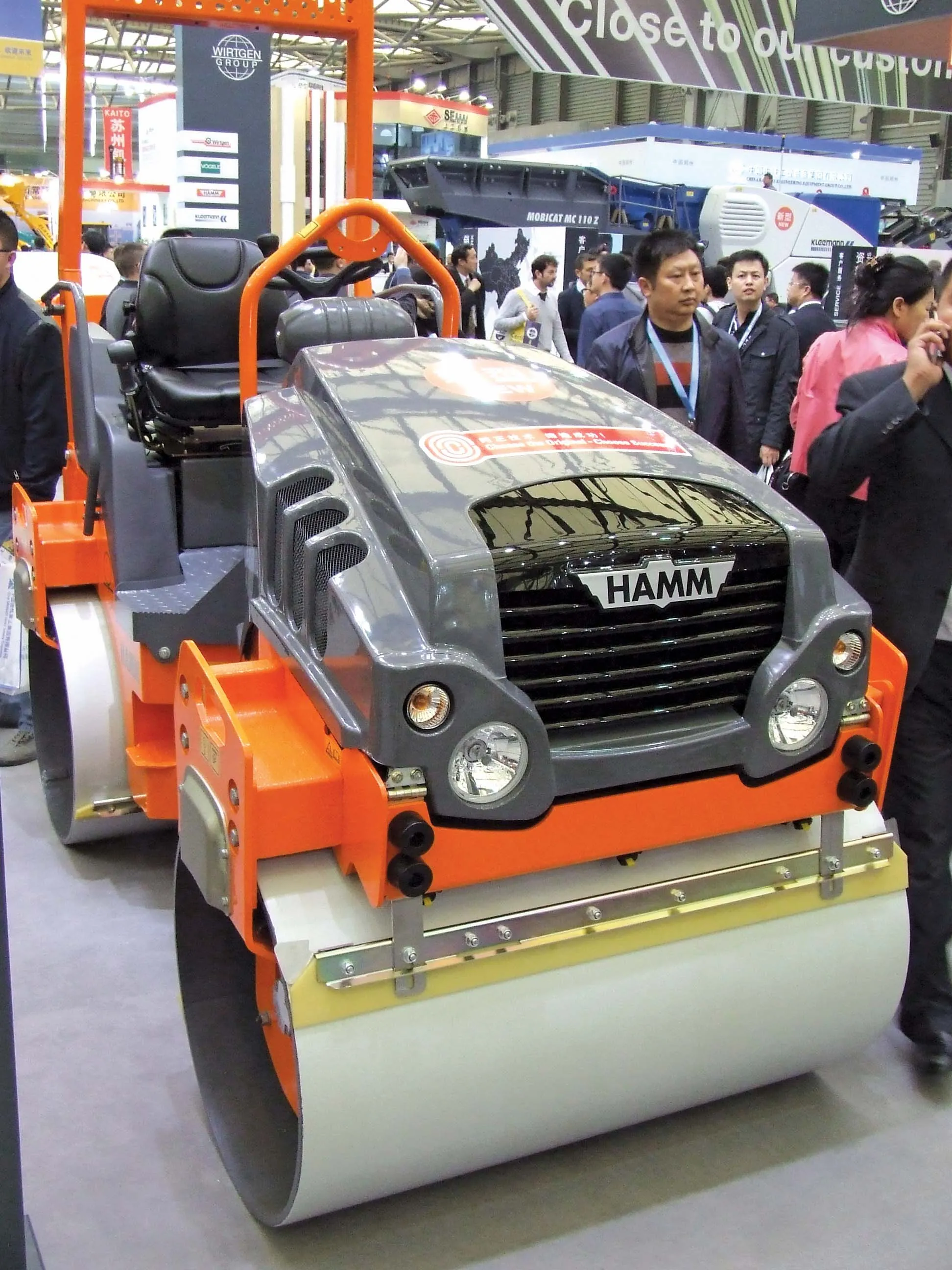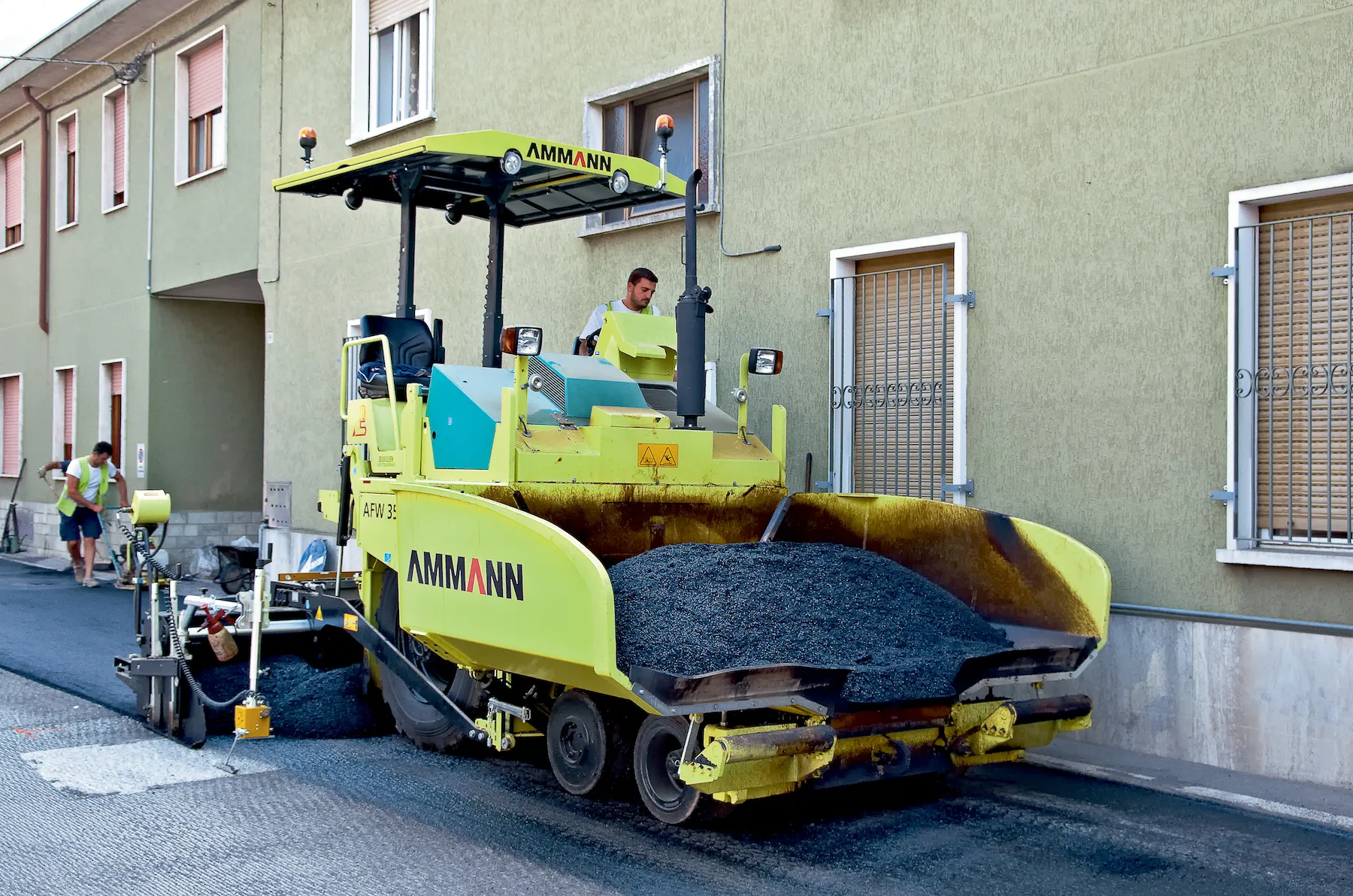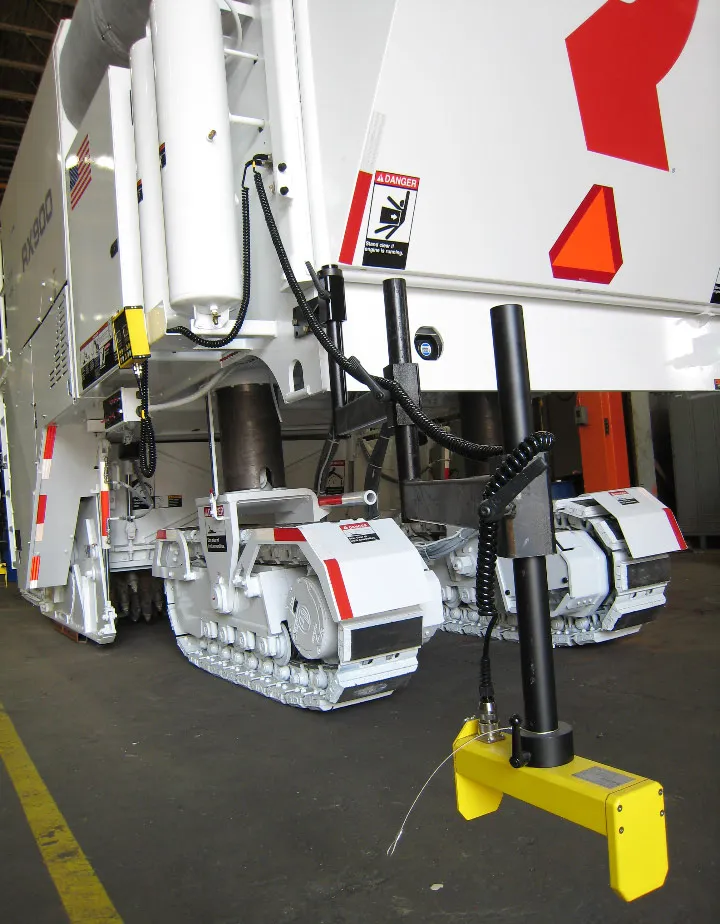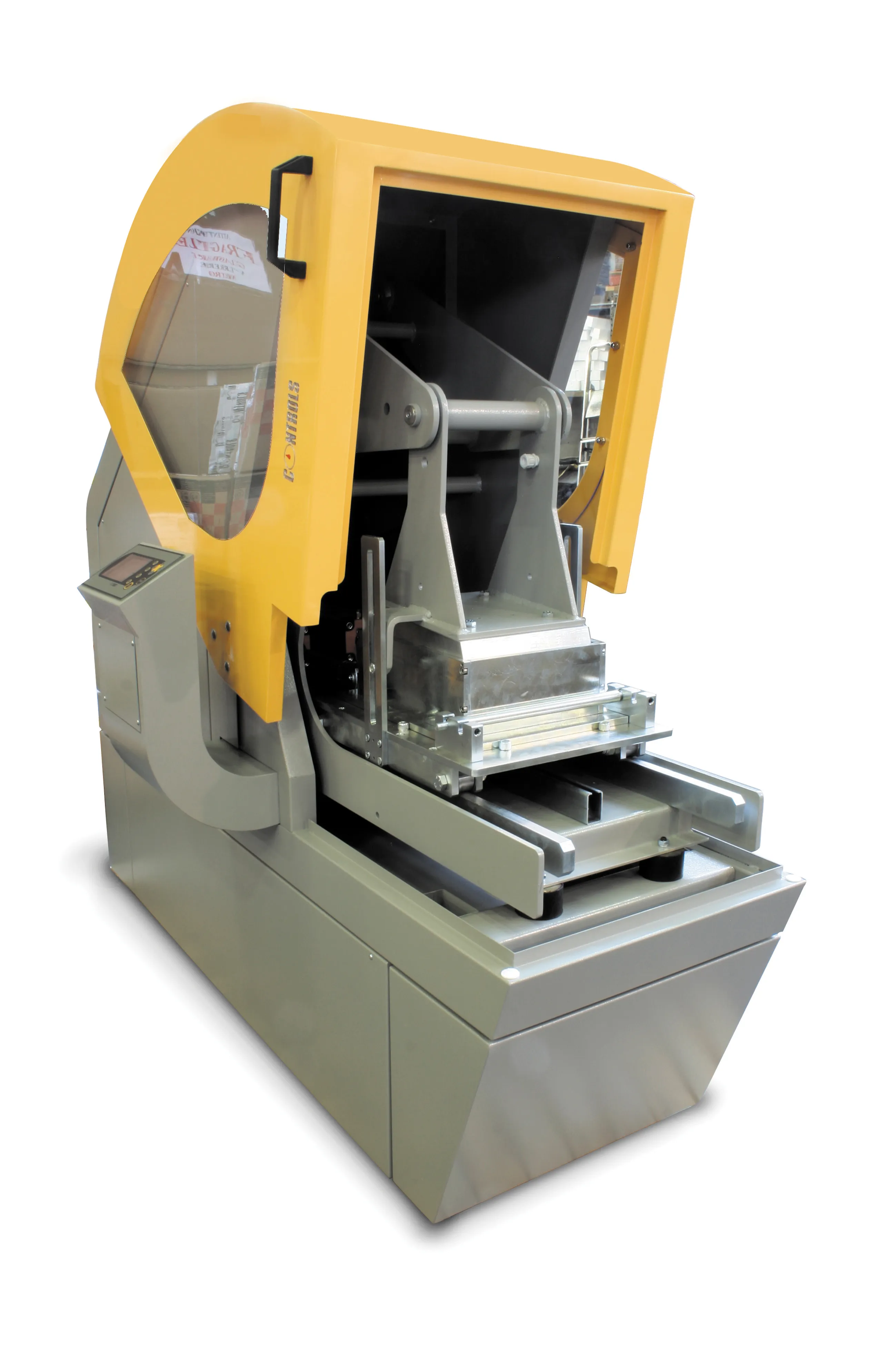Kögel is offering new two and three-axle asphalt tipper trailers available with full insulation, allowing longer haul distances. The two- and three-axle variants both offer a load capacity of 24m³ and can also be provided with a fully insulated thermal lining in all the available wall and tipper body thicknesses.
The three-axle version features a 5mm thick tipper body base, a 4mm thick back wall made of tempered Hardox 450 steel and side walls made of high-strength, 4mm S700 sheet steel. This combinatio
January 13, 2017
Read time: 2 mins
The three-axle version features a 5mm thick tipper body base, a 4mm thick back wall made of tempered Hardox 450 steel and side walls made of high-strength, 4mm S700 sheet steel. This combination is suited to use with asphalt mixtures and gravel. Trailing axle steering is available for use in sites with space limitations.
The body is insulated in accordance with the asphalt directive and is equipped with an integrated four-point measuring system and a temperature display unit with optional printer. The display shows the four individual measuring points and the average temperature. The insulation is suited to the high-temperature range of up to 200°C, while the exterior is corrosion-protected. Another feature is the firm’s 170mm body overhang for use in loading road paving machines.









